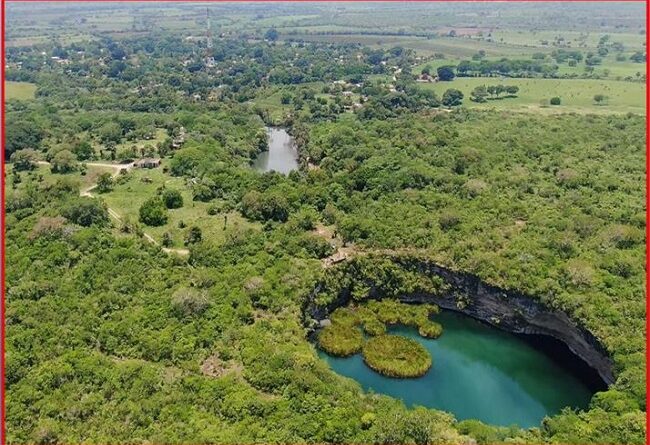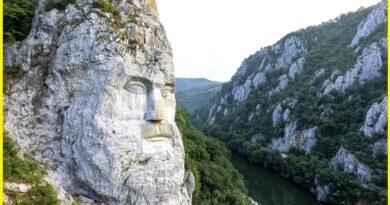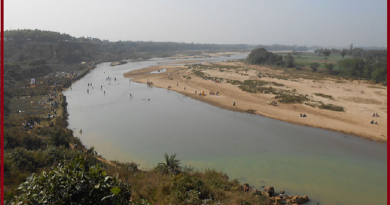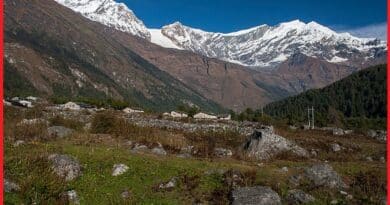World’s Deepest and Devastating Sinkholes- “The Zacaton sinkhole”, Take a Geotourism around the mysterious place

World’s deepest Sinkhole
On April 6, 1994, two very experienced cave divers Sheck Exley and Jim Bowden dived into the sinkhole. Jim Bowden reached the world record of 282 m but Sheck Exley died due to unexplained reasons at the depth of 268 – 276 m.
The El Zacatón was long considered to be bottomless, but in 1997 NASA solved the pit’s mystery when it sent an underwater robot mission and found the depth of El Zacaton to be 339 meters.

Situated near the Gulf coast of northeastern Mexico, the Zacaton have warm water, are highly mineralized, and have a sulfurous odor. The name El Zacaton comes from the floating islands of Zacate grass which blows across this lake from one side to the other with the wind.
Formation and Geology
Zacaton sinkhole belongs to the unique Karst field Sistema Zacaton. These karst features have incredible characteristics elsewhere in the world. The area contains some 20 unusual sinkholes, caves, and springs created by volcanic processes. Karstification processes continue today as well and acidic groundwater continues to erode away the limestone and deposits it in unusual travertine formations.

Geo-Scientist considers that the unusual Karst landscape of Zacaton has been formed by deep volcanic activity. Volcanism heats the deep groundwater and turns it into acidic composition with some carbon dioxide and hydrogen sulfide.
When this water reaches limestone layers, it gradually dissolves, forming voids. Such a process is called “hypogenic karstification”. As the void becomes larger, the ceiling limestone layers collapse one after another and form a sinkhole. El Zacaton sinkhole is the most prominent and best-known feature in this karst field. Among the five unusual sinkholes which are located close together but are not directly connected.



